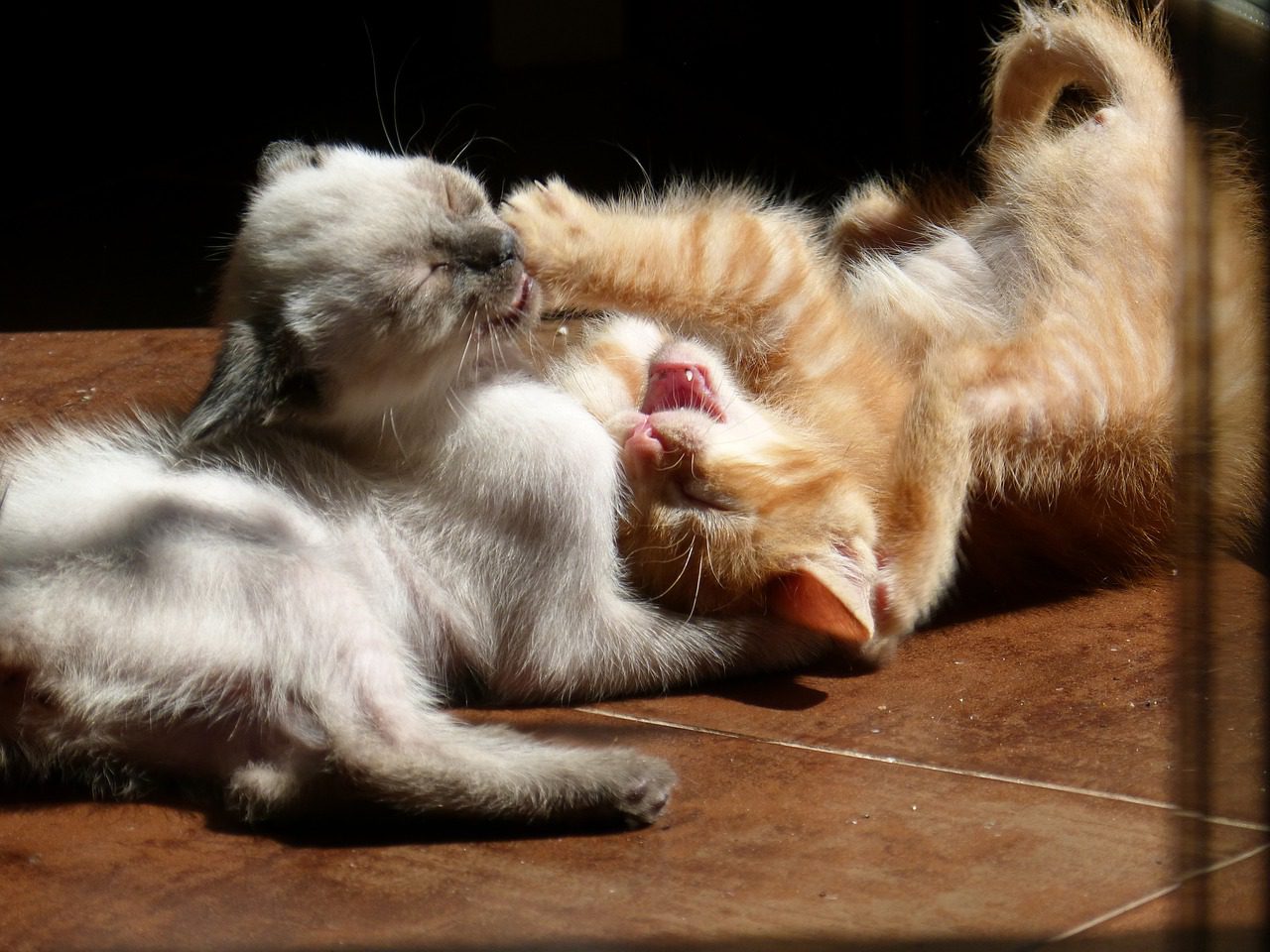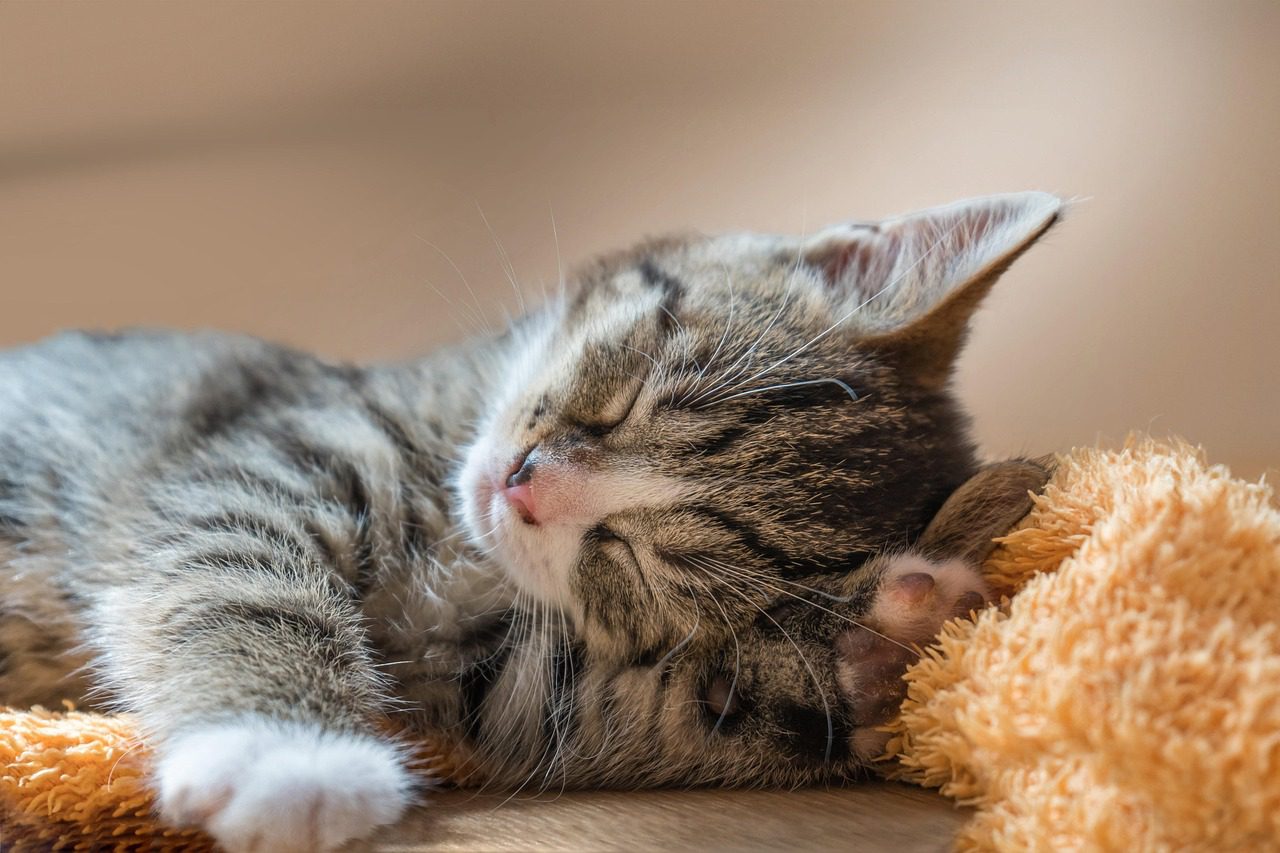Your cat’s been in a fight.
It doesn’t look too bad. There’s a speck of dried blood on the fur, and it’s a bit tender to the touch, but otherwise they seem fine, maybe a bit sleepy.
What should you do?
First aid for a suspected cat bite wound ideally involves disinfecting the wound as early as possible.
If your cat will allow it, you should gently bathe away the blood on the fur, which is a useful marker for where the skin was penetrated by the aggressor’s tooth. Locate the wounds. There may be up to four – one for each of the large canine teeth in the opponent’s mouth. And if your cat is still on-side, bathe each wound carefully with a safe diluted disinfectant.
If you can achieve all this within the first few hours of becoming aware of the injury you might avoid the pain and cost of a cat bite abscess.
But if your pet cannot allow this intervention from you, it’s best to get a vet appointment.
Sometimes, the first you will know about your cat having been in a fight will be a tender swelling. It can be anywhere on the body. Often on the face or forepaws if your cat was standing up for itself, or on the rump or tail if they were trying to run away.
This swelling will eventually burst to release foul smelling pus and a little blood. At this point bathing can be beneficial, if your injured cat will allow it. But some abscesses fail to clear up on their own, and do require a course of antibiotics, or even surgery to drain the pus away.
I often think of an abscess as a race. It’s how fast the germs that have been injected by the aggressor’s tooth, versus my antibiotics and the victim’s immune system.
Luckily, more mature cats generally learn how to avoid cat fights as they settle into their personal territory, so this is a problem I see most in younger cats growing up, and those who have recently moved house.





